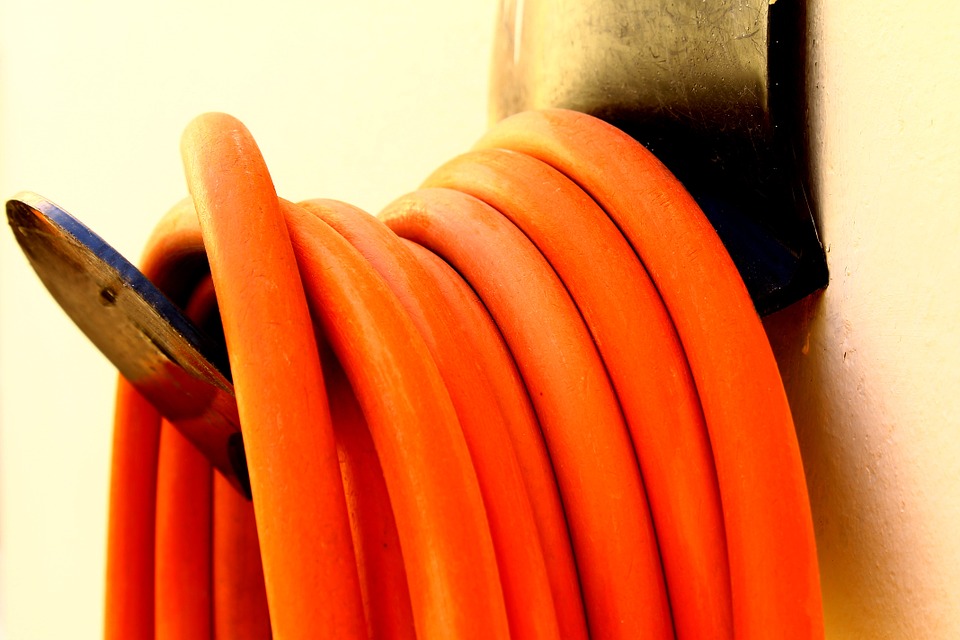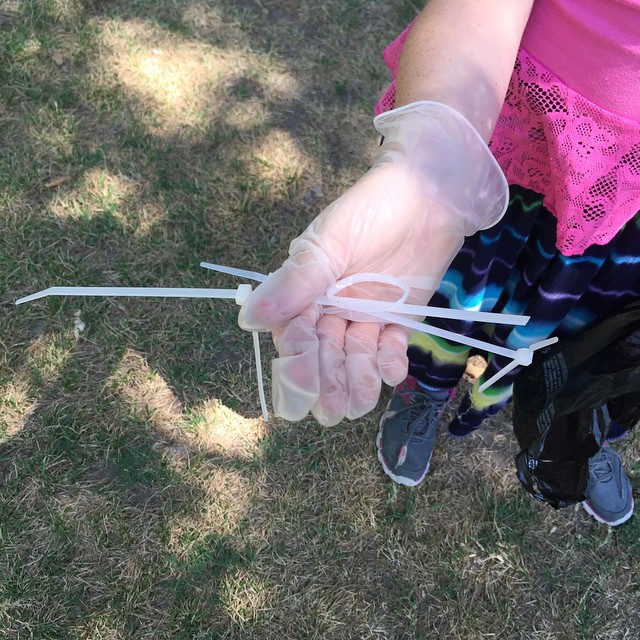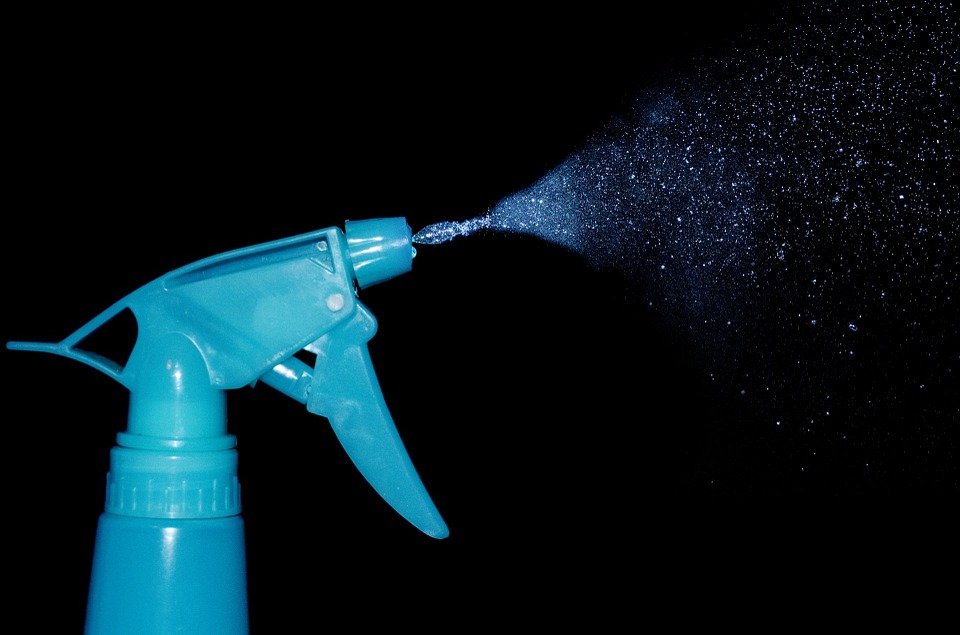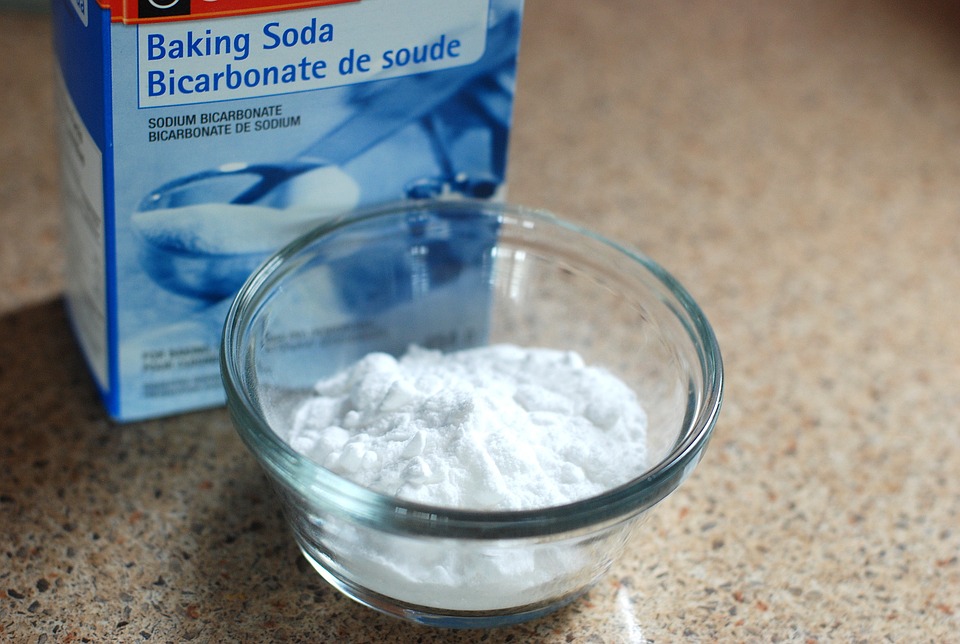Style
How Do I Clean the Overflow Valve in the Sink?
You might not have given it much thought, but if you look carefully at your bathroom sink basin just below the sink, you’ll notice a tiny hole there. This is called a sink overflow. As the name of this tiny hole suggests, it prevents water from spilling out of the basin when the drain is plugged due to a stopper or is clogged up with debris. The water is then drained into the overflow pipe which connects to the same drain that is at the below the drain hole of the sink. The sink overflow also serves this ventilation.
And like every area in your house, it needs to be cleaned and maintained on a regular basis. That way it can continue to vent and also prevent yourself from overflowing. If you don’t, then gunk will build up at the bottom of the overflow channel and water will spill out of your basin.
Here are some of the best ways to clean and maintain your sink overflow so it can continue to prevent water from overflowing when the drain has been plugged:
1. Rubber Hose
Fill the sink up with water that is a bit higher than the overflow opening. Be sure to let some of the water go down the overflow. Then use the rubber hose to put one end of it at the opening of the overflow and blow a couple of puffs of air through the hose from the other end. After that, drain the sink and continue to blow puffs of air through the hose. At this point, the air will go through freely without encountering any resistance. You can repeat this step a couple of times if you prefer. You can also use a 7/8-inch dishwasher hose for this, but just make sure that it’s sturdy and that it’s small enough to fit into the overflow hole.
2. Enzyme Eaters
When bacteria grows at the bottom of the overflow drain, it will cause unpleasant odors. Using boiling water won’t be enough because it’s not strong enough to get rid of the smell or kill the bacteria. Instead, you should use enzyme eaters that are specifically made to eat the bacteria and evidently get rid of the unpleasant stench.
You can purchase enzyme drain cleaners at home improvement stores, and find some that are safe for drains that flow into septic tanks. Some of them come in the form of powder and have to be mixed while others come in liquid form and are available on the go. You can also make one yourself if you follow the right procedure.
To efficiently pour enzyme mix down the overflow hole, it’s best to use a funnel. Then allow it to sit overnight so it makes its way down to the bacteria, and then flush it with hot water the next day.
3. Zip Tie
Long plastic zip ties are effective because not only are they capable of bending around the curve of the sink, but they’re also stiff enough to remove any bacteria or gunk buildup at the bottom of the overflow drain.
All you have to do is insert the pointy end of the tie as far down the drain as possible and then move it up and down and side to side to dislodge or loosen any buildup that it may encounter. Make sure to use a long zip tie as a shorter one might accidentally drop down the overflow drain.
4. Liquid Cleaners
Cleaning liquids are virtually always a lock at reducing your plumbing woes. And for cleaning overflow drains, we recommend you mix plain water with chlorine bleach and then use a container with a pour spout to pour it down the overflow hole. Allow the mixture to set into the overflow hole for at least 10 minutes, and then flush it down with plain water.
5. Baking Soda and Vinegar
Vinegar and baking soda are also one of the best cleaning agents that you can use anytime for cleaning out kitchen or bathroom drains. First, insert a funnel into the hole of the sink overflow and then gently pour one cup of baking soda into the funnel. And then slowly add one cup of white vinegar on top of the baking soda. Let the mixture sit for at least 10 minutes before flushing it down with boiling water and clear out the blockage.
 USD
USD CAD
CAD





